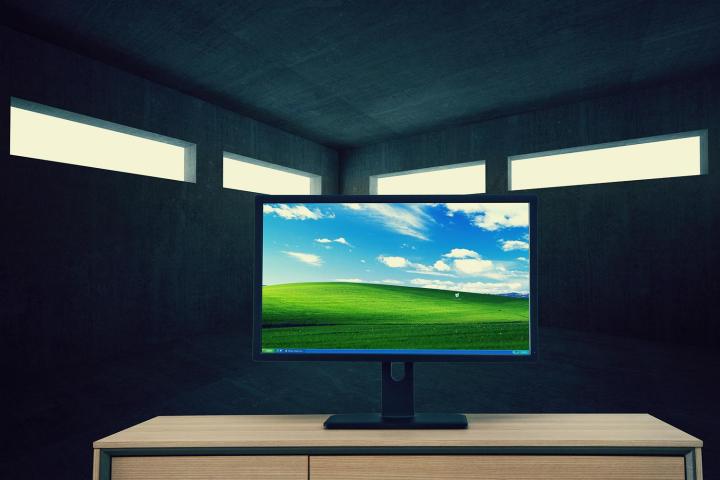
Support for Windows XP will end about a week from now, but it looks like a significant number of people will choose to stay with the aged operating system even after Microsoft ceases to support it. However, the numbers pointing in that direction aren’t overwhelming, with a notable amount of people also indicating that they’ll make the switch at some point.
We ran a poll a few weeks ago asking people if they would stick with or move on from XP after April 8. As of this writing, 423 respondents have indicated that they would upgrade from Windows XP, while 352 people checked off the option indicating that they would upgrade from XP to Windows 8, Windows 8 or Windows 8.1.
According to Net Marketshare, Windows 8.1′s desktop OS share stood at 3.9 percent in January. While that rose last month to 4.3 percent, an increase of .4 percent, Windows XP’s share also rose. After falling from 31.22 percent in November to 28.98 percent in December, Windows XP’s share increased to 29.23 percent in January, and ticked upward again in February to 29.53 percent. Though that’s a smaller increase of .3 compared to Windows 8.1′s modest surge, the fact that more people are opting to use an OS that’s more than a decade old over something more modern and current says something.
On top of that, though Windows 7 is still the dominant desktop operating system, Windows 7′s share dipped very slightly, from 47.49 percent in January to 47.31 percent in February. That comes after a spike of nearly one full percentage point from November, when Windows 7’s share stood at 46.64 percent.
Though it’s easy for XP users to chant “hell no, we won’t go” while they still enjoy support from Microsoft, we suspect that the operating system’s usage numbers can dip significantly if a large number of XP-based systems experience system instability, slowdowns or worse as a result of cyber attacks stemming from exposure to malware.
Tell us in the comments below why you will or won’t move on from Windows XP. You can also cast your vote in the poll below.
Editors' Recommendations
- More PCs are running Windows XP than Windows 11
- What if Windows XP had launched in 2019? Here’s what it would look like
- As end of support nears, Windows 7 users are finally moving to Windows 10


